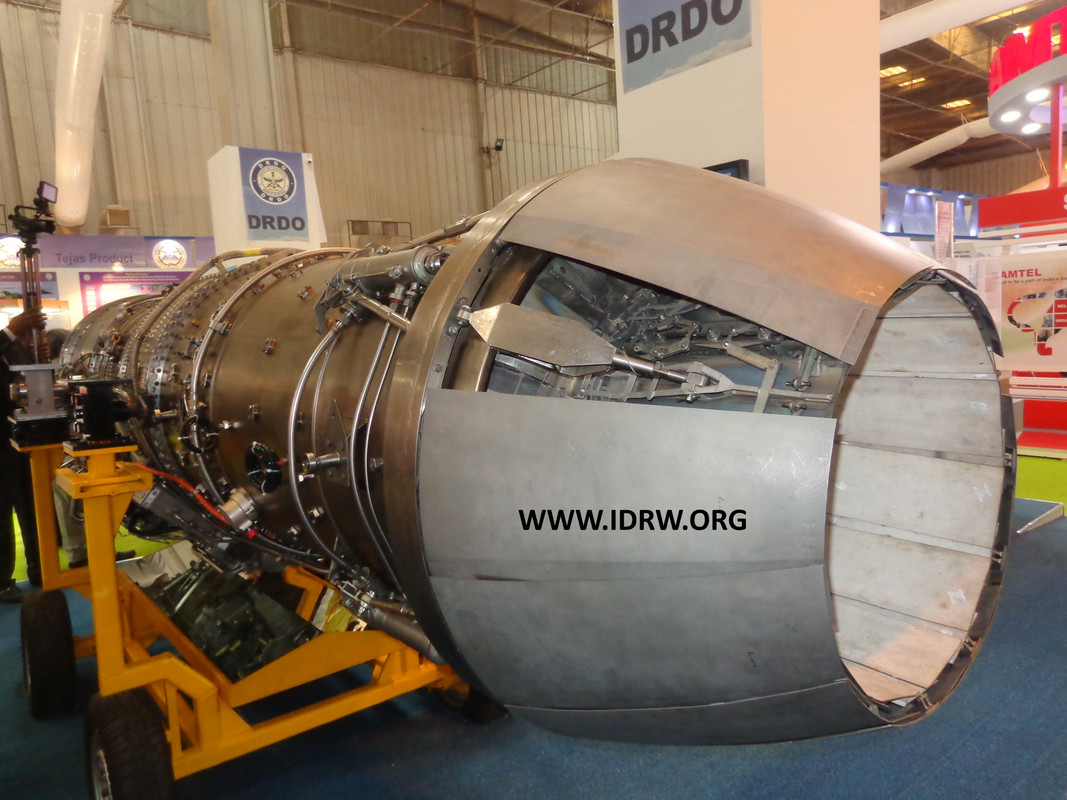SOURCE: RAUNAK KUNDE / NEWS BEAT / IDRW.ORG


In a recent address at the Khatre Memorial Talks, Samir V. Kamat, Secretary of the Department of Defence Research and Development (DDR&D) and Chairman of the Defence Research and Development Organisation (DRDO), candidly acknowledged a key misstep in India’s fighter jet development strategy.
Kamat stated, “The mistake we made was to develop an engine (Kaveri) and platform (LCA) together.” This misjudgment significantly hampered the progress of the Kaveri engine and the Tejas Light Combat Aircraft (LCA), delaying both projects and preventing the Kaveri from becoming the indigenous power plant for Tejas. That’s never done. You design a platform around the available engine and engine development is a continuous process; that was a rookie mistake.
Kamat highlighted DRDO’s renewed focus on collaborative engine development to meet India’s future fighter aircraft needs, particularly for the 5th-generation AMCA (Advanced Medium Combat Aircraft) program. The DRDO is now in talks with Safran, Rolls-Royce, and GE for joint engine development. A critical aspect of these discussions is that the entire Intellectual Property (IP) for any co-developed engine will be retained by India. Both the French and U.S. governments have granted permissions to Safran and GE for such collaborations, paving the way for a domestic solution to power the AMCA, which is central to India’s future air superiority.
The Gas Turbine Research Establishment (GTRE), DRDO’s arm responsible for developing the Kaveri engine, was officially delinked from the Tejas program in 2008 after failing to meet the thrust requirements for the fighter. By 2014, the Kaveri engine program was abandoned for the Tejas. Despite these setbacks, Kamat emphasized that the Kaveri program provided crucial learnings, particularly in the complex task of developing a low bypass turbofan engine. These lessons are now being applied in ongoing and future programs.
Though the Kaveri engine did not meet the thrust needs of the Tejas, the program has found new life in a different capacity. GTRE has successfully initiated the Kaveri Dry Engine program, which will power India’s upcoming unmanned stealth UCAV (Unmanned Combat Aerial Vehicle) program. The Dry Kaveri version, which excludes an afterburner, is designed specifically for this new role, marking a shift in GTRE’s focus towards developing engines suited for unmanned platforms.
In January 2024, GTRE began working on the afterburner section of the Kaveri engine, aiming to achieve a thrust of 80 kN. This thrust level would be suitable for various combat roles, and GTRE has already issued tenders for the required parts to make this advancement possible. The afterburner will be a critical component as GTRE continues to push the limits of indigenous engine development.
GTRE is making significant strides in developing the Aircraft Mounted Accessory Gearbox (AMAGB), specifically modified for the LCA. This component will be adapted for use in the Kaveri Dry Engine, allowing further integration into future platforms. Additionally, tenders have been issued for upgrading one unit of the GTSU 110 Mk2—the engine starter unit for the Tejas—to be utilized in the Flying Test Bed for the Kaveri Dry Engine. The flight tests for this engine are expected to begin within the next three years, marking a significant milestone in India’s indigenous engine capabilities.
Looking forward, DRDO’s new engine development strategy is focused on collaboration with international defence companies to meet the high-performance requirements of India’s future fighter jets. The joint development of a new engine for the AMCA program, with full IP ownership for India, represents a major step toward self-reliance in critical defence technologies. The lessons learned from the Kaveri engine’s failure and subsequent repurposing have laid a strong foundation for future success in India’s aerospace sector.
NOTE : Article cannot be reproduced without written permission of idrw.org in any form even for YouTube Videos to avoid Copy right strikes. Websites doing illegal reproductions will get DMCA and Legal Notices.